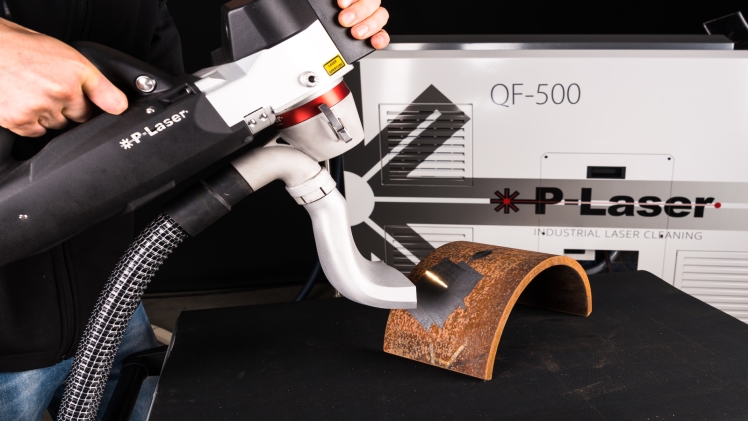When cleaning lenses, you should always wear protective eyewear and use a well-illuminated work area to avoid contaminating the lenses. Never use the laser cleaner near shiny objects, water containers, and other potential contaminants. Use appropriate equipment and filters when necessary. Afterward, clean the lenses using soft tissue to prevent any damage. You should also clean the work area regularly to ensure maximum protection. Finally, store lenses and eyewear carefully after cleaning to avoid any damage.
Laser cleaning is an eco-friendly process
Unlike traditional methods of cleaning, which require chemical solvents that are hazardous to the environment, laser cleaning does not require the use of such chemicals. Instead, the lasers vaporize materials, releasing only fumes. Laser cleaning machines are equipped with a fume extraction system that prevents the release of any potentially hazardous materials. Industrial applications of laser cleaning include removing burnt rubber residue from tire molds, preparing welding surfaces, and cleaning pipes and rusty bridges.
The environmental responsibility of companies is now more important than ever, which makes laser cleaning an environmentally friendly process. Handheld laser cleaning machine price generates less waste than any other cleaning process, significantly reducing waste disposal costs and increasing profits. Laser cleaning systems do not require regular maintenance and last much longer than conventional cleaning systems. Unlike traditional cleaning methods, laser cleaning is completely safe for the environment and for the workers who use it. The technology is also cost-effective and requires only minimal equipment.
Another major advantage of laser cleaning is its ability to discriminate between different materials, leaving the other one untouched. The ablation threshold of rust and paint is lower than that of metals. Because of the vast gap between these two values, contaminants can be vaporized without damaging the surface of the object. Therefore, laser cleaning is the most environmentally-friendly process. These advantages are important when determining whether laser cleaning is right for your business.
It is cost-effective
When compared to traditional methods of cleaning, JNCT laser is a more cost-effective solution. Laser cleaning machines utilize minimal energy, are easy to automate, and have a fast cycle time. Unlike traditional cleaning processes, laser cleaning does not use hazardous materials or chemicals, so there are no risks associated with the use of this equipment. Another major advantage of laser cleaning is its safety, since it requires no human intervention to clean the parts. This also means that laser machines are more environmentally friendly, and that they are easier to comply with OSHA and EPA regulations.
Laser cleaning machines are highly effective for a wide range of industrial applications. These machines can be used to pre-treat joints before bonding, contour-remove coating, and provide electrical contact. In addition, they can also be used to decal steel prior to varnishing. These machines can clean metals and other materials, and come with specially-designed optics that can clean different surfaces. These optics are connected to powerful base units by fiber-optic cables.
Laser cleaning machines can be divided into power categories, and specifications can vary by manufacturer. As the power of the laser increases, so do the amounts of rust that can be removed. Low-power machines range from 20W to 100W and are most suitable for small-scale and batch handling operations. In fact, laser cleaning machines are highly effective, and can reduce the cost of a paint job by up to 50%. There are many other benefits, too.
It is non-contact
There are many advantages of laser cleaning machines. Besides being non-contact, they also offer high-efficiency cleaning. The power of lasers can be up to several thousand watts, and they can clean even the toughest metals. Depending on the size of the parts, they can also be used to clean very delicate pieces. However, the higher the power, the more expensive the machine will be.
Traditional cleaning methods make direct contact with work pieces. The abrasive cleaning agent may damage the material. In addition, it sticks to the surface and is nearly impossible to remove. A laser cleaning machine is completely non-contact and has no contact with the work piece. This makes it a cost-effective solution for many industries. To operate a laser cleaning machine, be sure to read the operation manual carefully before using it. You should always wear protective gear and avoid standing directly in front of the machine.
Conclusion
The lasers used in laser cleaning machines are powerful enough to remove the top layer of paint. Then, the underlying primer is left intact. Laser cleaning is ideal for this type of surface preparation because it eliminates weld spots and rust without damaging the underlying substrate. Laser cleaning machines are highly effective in these types of environments, and they save a lot of material and time. Additionally, the surface of the material is more precise than conventional cleaning methods.

